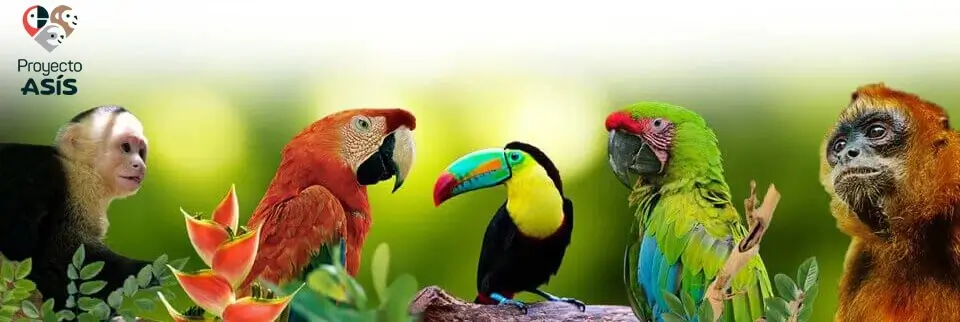The Boat-Billed Heron (Cochlearius cochlearius) is one of the most unique and mysterious wading birds in the tropical wetlands of Central and South America. With its bizarre wide, boat-shaped bill, nocturnal habits, and elusive nature, this heron has fascinated bird enthusiasts and scientists alike.
By the end, you’ll understand why this species is so special—and why it needs protection.
Anatomical Characteristics: The Boat-Billed Wonder
The Boat-Billed Heron is instantly recognizable by its enormous, scoop-like beak, which resembles an upside-down boat (hence its name). Other key features include:
- Size: ~45–54 cm (18–21 in) long
- Coloration: Grayish plumage with a black crown and chestnut belly
- Eyes: Large, red-orange eyes adapted for nocturnal hunting
- Bill Function: Unlike other herons, its bill is wide and flattened, possibly helping it catch prey in shallow water.
Scientists believe its unique bill may help it trap fish, crustaceans, and insects more efficiently in the dark.
Conservation Status: Is the Boat-Billed Heron at Risk?
According to the IUCN Red List, the Boat-Billed Heron is currently classified as Least Concern (LC). However, this doesn’t mean it’s completely safe. Local populations are declining in some areas due to habitat destruction.
Biology & Ecology: A Nocturnal Wetland Hunter
- Habitat: Mangroves, swamps, and freshwater forests
- Diet: Fish, frogs, insects, and crustaceans (hunted at night)
- Behavior: Solitary and highly secretive, making it hard to study
- Vocalizations: Deep croaks and grunts (unlike typical heron calls)
Unlike most herons, this species is mostly nocturnal, resting in dense foliage during the day.
Population Trend: Stable but Locally Declining
While the global population is considered stable, regional declines have been noted in:
- Mexico (due to coastal development)
- Ecuador & Colombia (from deforestation)
More research is needed to assess long-term trends.
Geographical Distribution: Where Does It Live?
This heron inhabits lowland tropical wetlands from Mexico to Brazil, including:
✅ Central America (Belize, Costa Rica, Panama)
✅ Northern South America (Colombia, Venezuela, Ecuador)
✅ The Amazon Basin (Peru, Brazil)
It prefers dense, forested waterways with plenty of cover.
Threats to Survival: Why Is It Vulnerable?
Despite its “Least Concern” status, threats include:
- Deforestation (mangrove destruction for agriculture & urban sprawl)
- Water Pollution (pesticides & industrial runoff affecting prey)
- Climate Change (rising sea levels flooding nesting areas)
- Hunting & Disturbance (sometimes caught for the pet trade)
Reproductive Cycle: Nesting & Parental Care
- Breeding Season: Varies by region, often during rainy seasons
- Nests: Built in low trees or shrubs near water
- Eggs: 2–4 pale blue eggs per clutch
- Incubation: ~25–28 days (both parents share duties)
- Chicks: Fledge in about 6–7 weeks, fed by regurgitation
Interestingly, Boat-Billed Herons are monogamous and may reuse nesting sites.
How Can We Help Protect This Species?
- Support wetland conservation programs
- Reduce pesticide use near waterways
- Promote ecotourism (responsible birdwatching)
- Report illegal deforestation in critical habitats
The Boat-Billed Heron is a living oddity—a nocturnal, wide-billed wonder that thrives in the shadows of tropical wetlands. While not yet endangered, habitat loss could push it toward decline. By raising awareness and supporting conservation, we can ensure this fascinating bird remains a part of our planet’s biodiversity.
Did you learn something new? Share this post to spread the word! 🦉🌿
Consider becoming a Donor
Monthly Donation






























































































You must be logged in to post a comment.